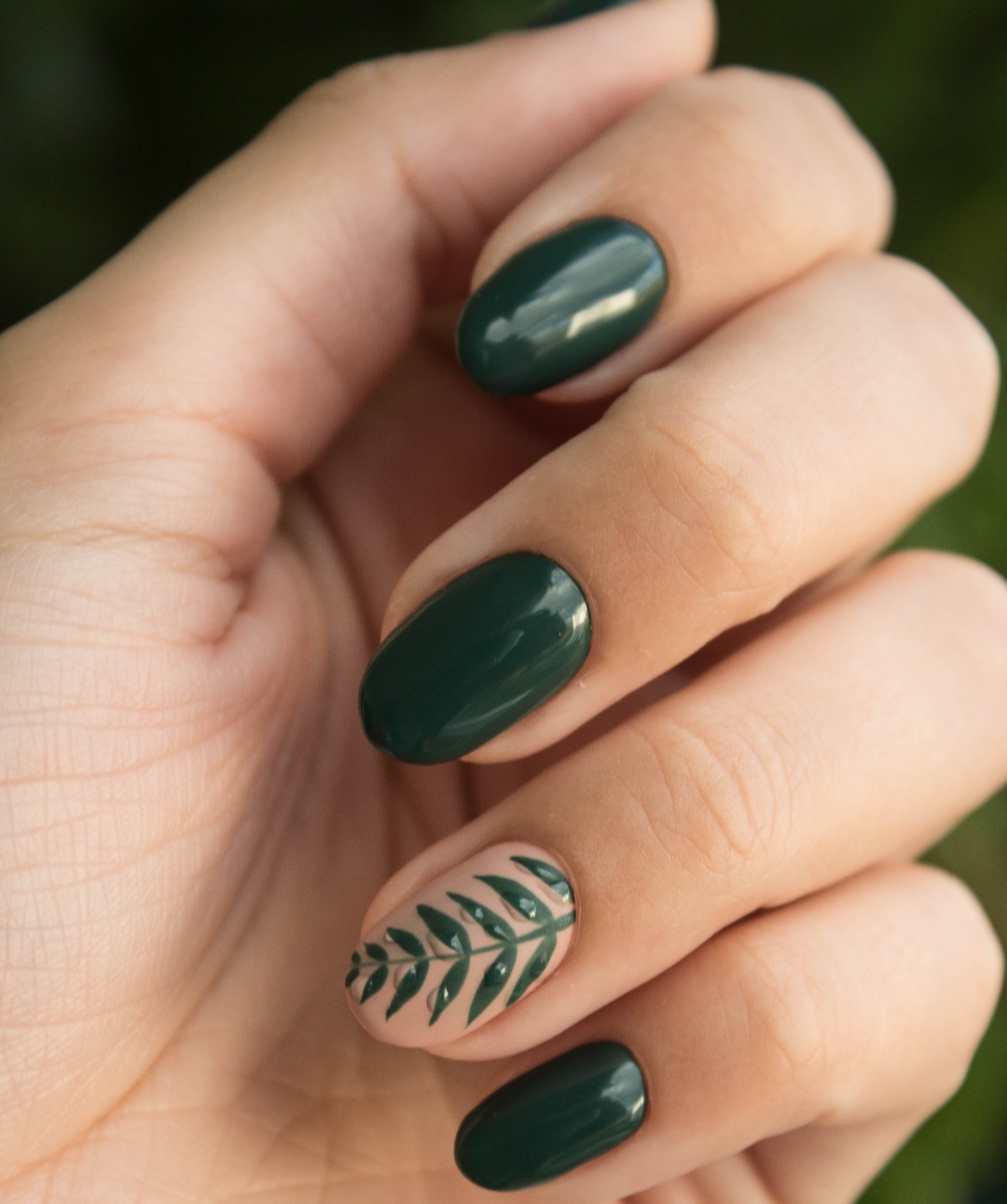Nails are often viewed as just a fashion accessory, however they are actually much more than that. They play an important role in protecting the ends of our fingers and toes from potential damage and provides grip. So, it is only fitting that we learn more about them, especially how they grow.
It is believed that the growth of nails begins by a process called mitosis, which takes place at the area called the nail matrix. This is the area located beneath the cuticle at the base of the nail. During the mitosis phase, keratin-producing cells produce keratin protein which steadily moves upwards, as the older cells move away from the nail root and the fresh cells take their place every week. As the cells keep on increasing in number, the nail gradually grows in length.
Nutrients and essential minerals, such as calcium and phosphorus, provide the building blocks for keratin production which helps in the healthy growth of nails. When there is a deficiency of these minerals, the nail starts to lack lustre, become brittle and increases the chances of breakage.
The growth rate of the nail can be very different from individual to individual and majorly depends on one’s ethnicity. Ethnic differences can be seen when comparing the speed at which African American nails grow as compared to Caucasian nails.
A new-born’s nails generally grow shortly after they are born; although, they can take as long as 6 to 10 months to fully grow out. The nails on the hands grow faster than the nails on the feet, but the exact rate is hard to be calculated as it varies from individual to individual. In general, it is believed that nails grow around 3mm per month, with some reports suggesting the growth can be as high as 5mm per month.
The colour of the nail is mainly dependent on the underlying blood vessels which can be seen in the fingernail bed. When the skin below the nail bed becomes pale, the nail looks lighter in colour. On the other hand, when the underlying blood vessels become visible and the skin below appears pink or red, the nail appears to be rosier in shade.
The colour of our nails is provided by a network of blood vessels. Our body’s production of red and white blood cells is reflected in the colour of our nails as well. For example, if a person’s body is low on iron, the nails can look a shade of yellow. Unusually pale nails or discoloured nails can also be an indication of emotional or physical stress.
Maintaining healthy nails is important, both for aesthetic reasons and to ensure a person’s overall health. Using too much nail polish or related products tend to weaken nails overtime. Cutting the fingernails is one way to ensure the nails are healthy, although too much cut can be painful.
